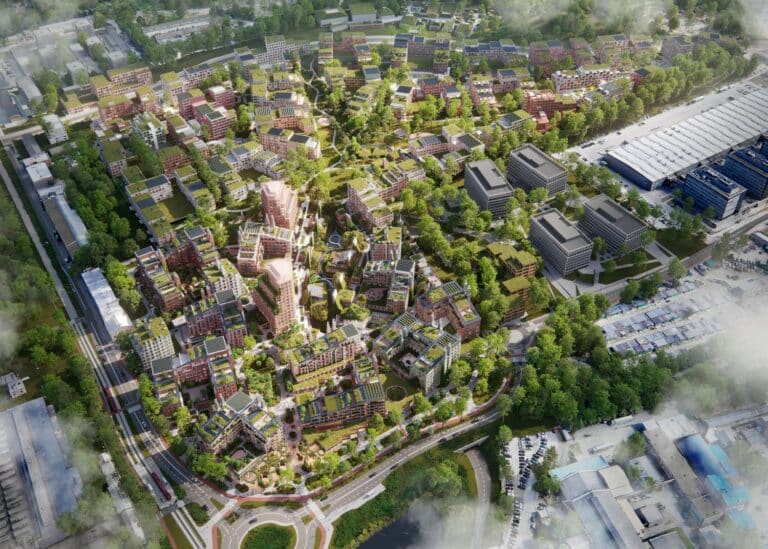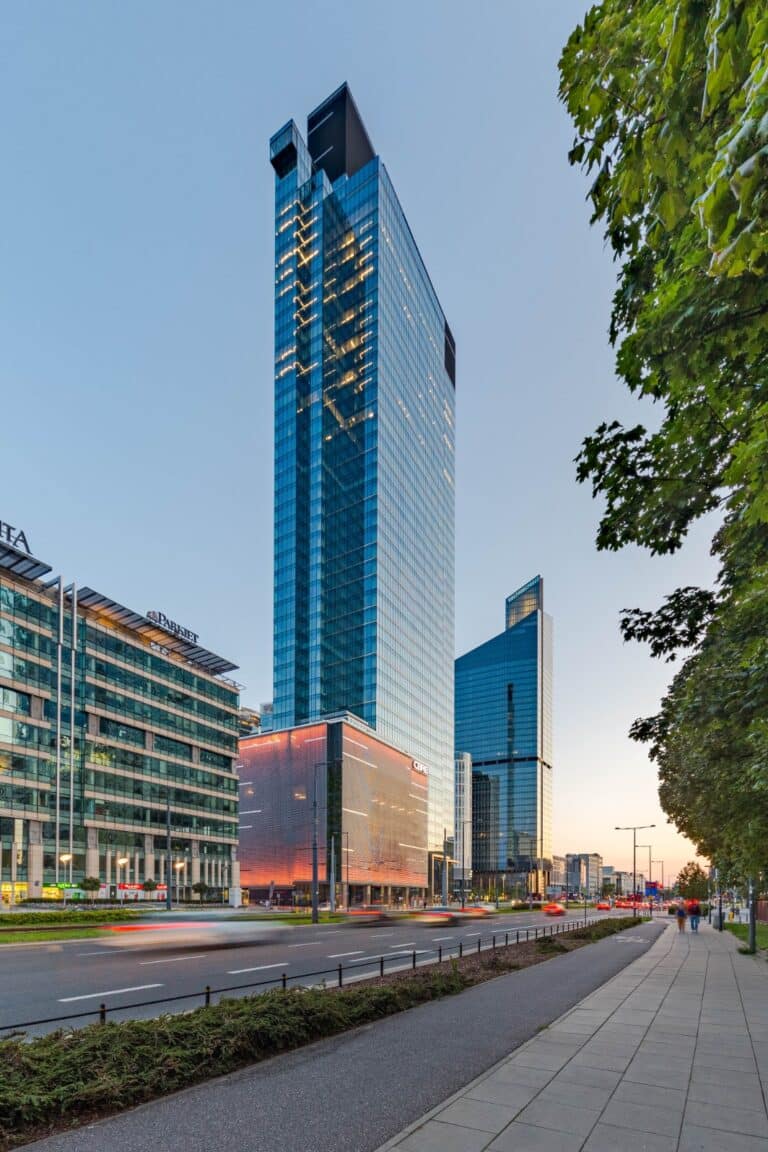Real estate set to turn corner
Poland Weekly talked to Artur Czuba, Associate Director from the Investment Department at Avison Young.
How would you summarize the first half of 2023 on the real estate market in CEE?
The current results in the property investment market may not appear very optimistic at the moment, but this is only a temporary situation.
All market players were aware, the slowdown was to hit in 2023. Total transaction volume in the CEE region in H1 2023 – 2.2 billion euros – noted a decrease by 59% year-over-year.
Smallest change occurred in Czechia (38% decrease) and the biggest – in Poland (72% decrease) and Hungary (82% decrease).
Slovakia noted a decrease by 48%, and Romania by 44%.
Retail sector dominated in H1 in the region with 752 million euros and 35% of market share. It was mostly due to two large transactions which took place in the Czech market – divestment of Trei supermarket and retail park portfolio and acquisition of Palac Pardubice Shopping Center by another investor.
The industrial sector, the biggest winner of the COVID-19 pandemic, was hit most by the transactional slowdown of 2023. The overall result of the industrial sector in H1 in the region, 614 million euros, is mostly due to Poland’s 436 million euros allocated in this segment.
The office sector, with 601 million euros, was similar, recording a 28% market share. The biggest office deals in the analyzed period in CEE took place in Bratislava – both with estimated value of ca. 100 million euros each.
The most active investors in H1 were those from the CEE region, with a 66% share in total investment volume. Local capital is still dominating in Czechia with 81%, Hungary with 69% and Romania with 50%.
How is Poland performing?
Despite the huge decrease in volume, Poland once again proved to be the most liquid market in our region, reaching a transaction volume of more than 800 million euros, realized in 33 deals – the biggest volume and number of transactions in the region. However, this is the weakest result for the first half of the year since 2015.
The most active investors in Poland were those from the US (33%), CEE (29%) and Western Europe (19%).
What’s the situation in the different asset classes in Poland?
The industrial segment was significantly impacted by the pricing clash in 2022. However, there was a slight improvement in H1, and with 436 million euros transacted, the sector accounted for 54% of the total investment volume during this period in Poland.
But we did not witness any portfolio deals, and it is likely that the market will await the return of significant multi-asset transactions. To minimize risk, investors are currently focusing on small-scale projects. Out of the 14 single-asset transactions, 12 were below 50 million euros in value.
The office sector, with a volume of 190 million euros, took second place in H1. In contrast to the previous year, where 50% of the office sector’s transaction volume was attributed to regional markets, the focus of investors in 2023 has shifted to the capital city. The transaction structure consisted of a mix of core+ and opportunistic assets, with plans for further redevelopment or change of function.
The largest deal, valued at almost 70 million euros and with Avison Young co-representing the seller, involved the acquisition of the Wola Retro office building by Adventum Group (CEE origin) from Develia.
The retail sector’s investment volume in H1 reached 175 million euros, marking the lowest H1 result since 2010.
In 2023, investors were actively seeking new opportunities, primarily focusing on transactions involving both local shopping centers and those earmarked for redevelopment, as well as stand-alone retail warehouses.
Currently, we observe investors’ sentiments coming back to convenience schemes. We have just closed the divestment of a modern convenience scheme in Eastern Poland and have several more projects in the pipeline.
In the PRS sector, we witness an interesting trend – an increase in investors’ interest in adapting existing commercial properties for new purposes, including those in the Private Rented Sector formula. Our technical advisory team examined some properties, and identified that older office buildings, which often exhibit significant differences in standards compared to modern and energy-efficient Class A office buildings, in many cases might be relatively easily converted into residential function.
What’s the forecast for the upcoming months? Is it a good moment for the investments?
One of the factors contributing to the decline in the number and volume of transactions in the first half of 2023 is the ongoing process of aligning price expectations between sellers and buyers. However, there are early indications that this situation may improve by the end of the year.
It is said that it is efficient to invest in times of crisis. Current moment presents a significant opportunity for strategic purchases and for equity rich investors. Market prices are becoming increasingly favorable, rental rates in Poland have not yet experienced a significant surge and the solid economy continues to sustain cash flows.
We anticipate that opportunistic and value-add assets will dominate the commercial real estate market in Poland across all sectors during the second half of the year.







